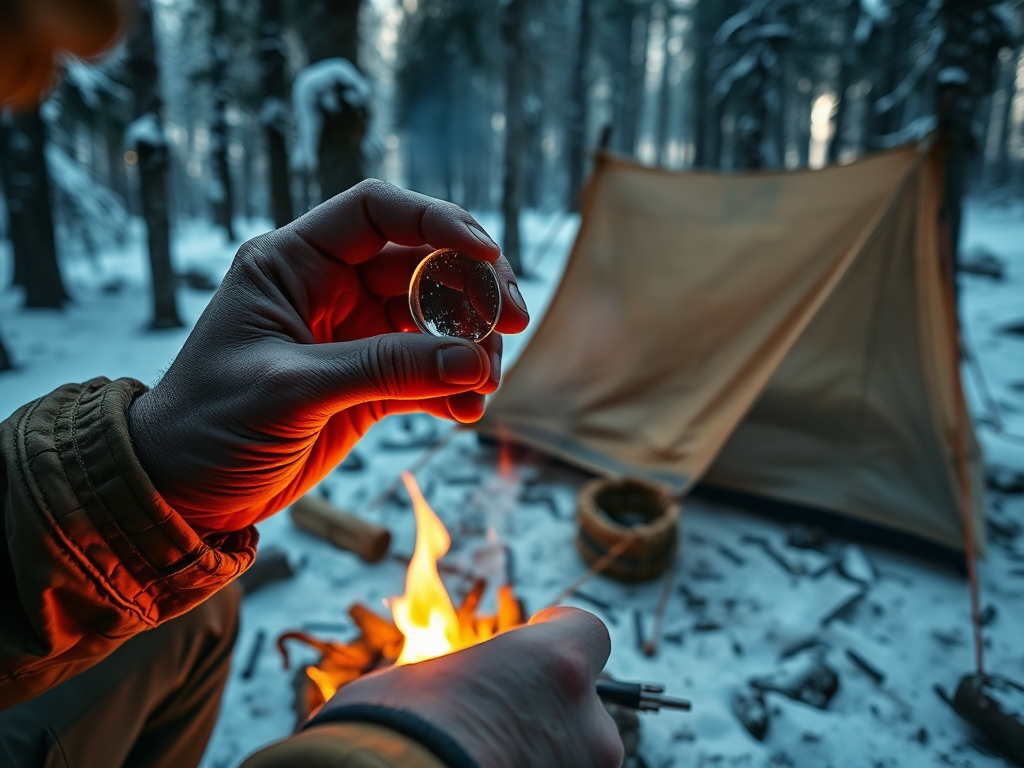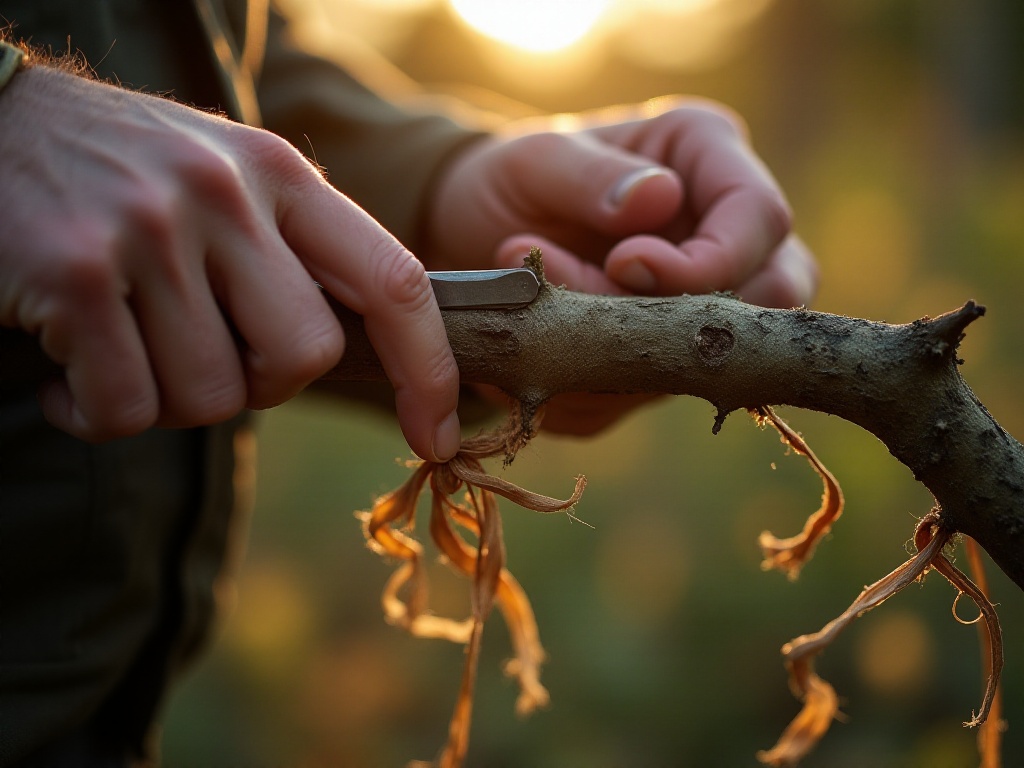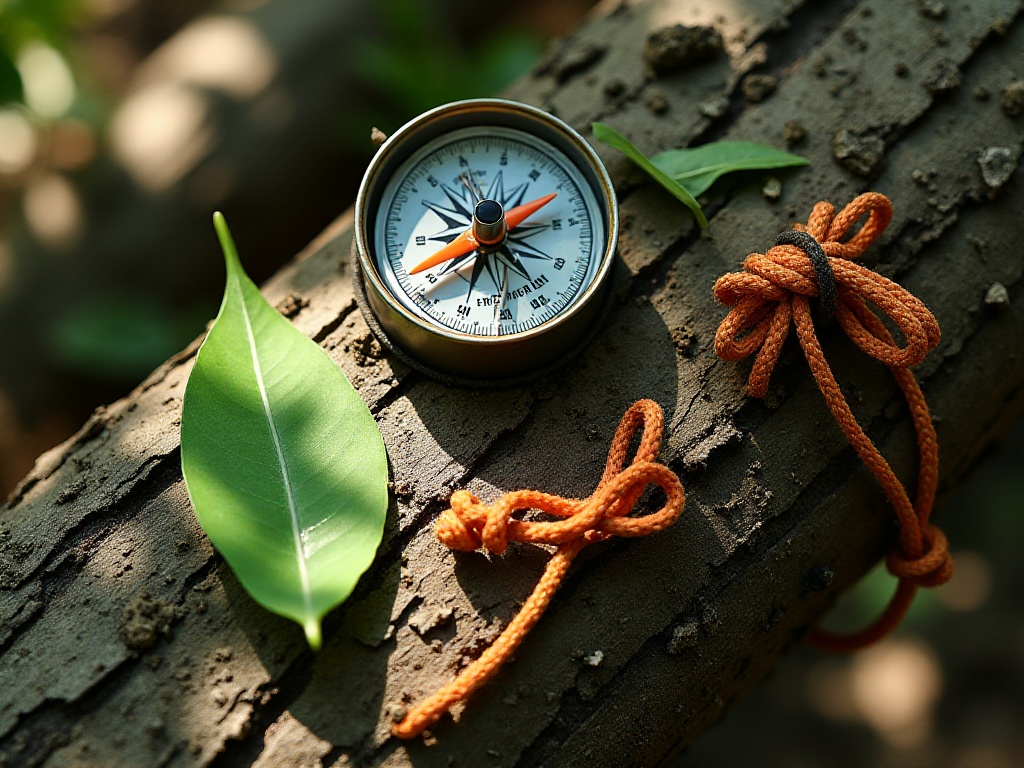Introduction
Oh my goodness! Last month I attended a wilderness survival training that completely changed my perspective on wilderness survival. You might not know this, but 90% of survival incidents in the wild occur due to inadequate preparation. When I used to watch Bear Grylls' shows, I always thought wilderness survival was really cool, but after experiencing it firsthand, I realized that mastering the right outdoor survival skills is what's truly impressive!
As someone who had never been exposed to wilderness survival before, I kept thinking: if only someone could teach me systematically. So today I'll be that person and share my insights with you. I must say, after this training, I've completely fallen in love with wilderness survival as an activity.
Survival Preparation
Speaking of preparation, it was truly an eye-opening experience. I remember my first outdoor camping trip when I knew absolutely nothing - you can imagine the result - I almost became a "wilderness survival failure case." Looking back now, it's quite amusing, but this experience taught me the importance of thorough preparation.
First, it's crucial to let family or friends know your specific itinerary and expected return time - this is super important! According to the U.S. National Park Service, there are over 3,000 wilderness rescue operations annually, and 40% of these cases were delayed because no one knew the person's itinerary. Think about it - if something happens and nobody knows where you are, wouldn't that be disastrous?
Now, before each trip, I create a detailed itinerary including: specific routes, estimated arrival times at each location, possible alternate routes, and emergency contact information. I share this information with at least two trusted people to keep track.
Plant identification is truly a complex subject. North America experiences over 50,000 toxic plant contact incidents annually, with the most common "three devils" being poison ivy, poison oak, and poison sumac. The first time I saw poison ivy, I thought it looked quite cute and almost touched it, fortunately remembering the instructor's warning just in time.
To avoid such dangers, I began seriously studying local plant guides. Now my phone is full of plant photos, and whenever I see an unfamiliar plant, I take a picture to research later. After some time studying, I can now identify at least twenty common poisonous plants in the surrounding area.
Weather forecasts are also essential homework. Once, when we were planning to camp in the mountains, I habitually checked the weather forecast for the next three days. We discovered there might be heavy rain on the second night, so we adjusted our plans and stayed at a campsite at the foot of the mountain instead. Sure enough, there was a heavy downpour that night, and even a small landslide in the mountain area - fortunately, we had prepared in advance.
Terrain study is particularly important. Now I study destination terrain maps in advance to understand potential danger zones, shelter points, water sources, etc. This information could be useful in emergencies. For instance, knowing there's a stream nearby means you don't have to worry too much about water shortages; understanding the terrain layout helps determine general direction if you get lost.
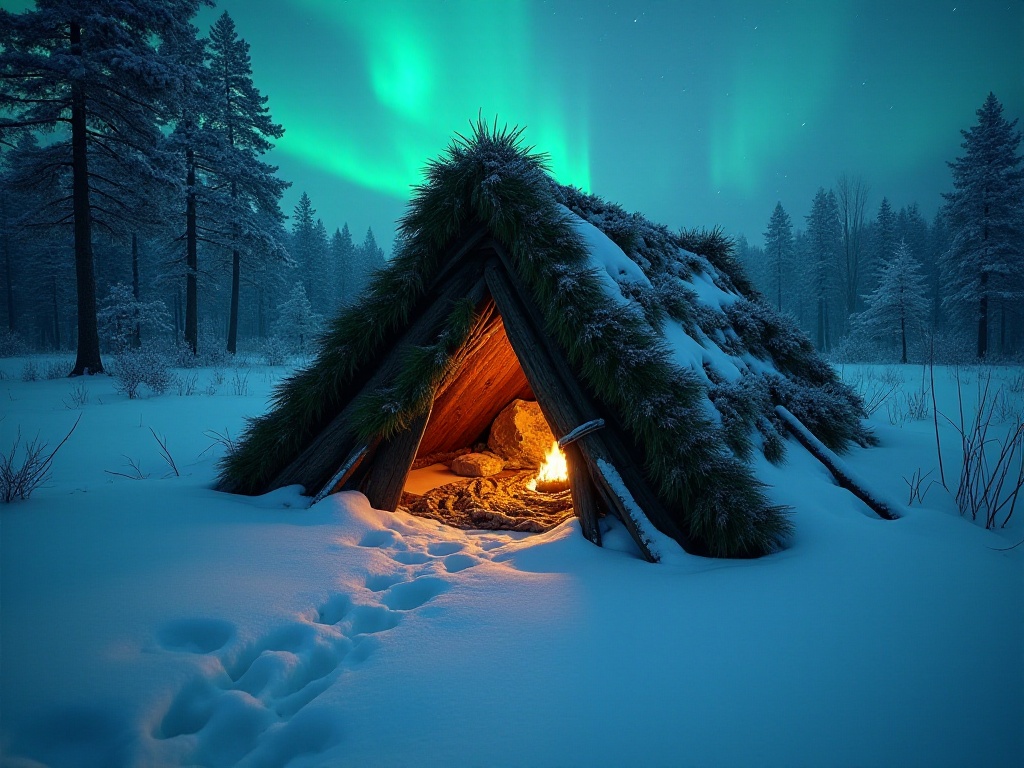
Equipment List
Equipment is really a major consideration - when I first started wilderness survival, I almost brought my entire room into the wild. Later I understood that true experts can solve most problems with minimal equipment. Based on my experience, 80% of wilderness survival situations only require a few core pieces of equipment.
Multi-tools are absolutely essential. I now use a Swiss Army knife along with a fixed-blade survival knife. This combination can handle almost any scenario: cutting rope, chopping small branches, making stakes, processing food, etc. When choosing knives, note several points: the blade must be sharp, the handle should be non-slip, and it's best to have serrated edges. I once almost injured myself while chopping wood due to poor knife selection.
Fire-starting tools are the second most important equipment. My advice is to prepare at least three different fire-starting methods. I now carry a waterproof lighter, fire steel, char cloth, and some waterproof matches as backup. Once during camping, my lighter got wet, but thankfully I had fire steel, which prevented us from freezing in the cold night.
First aid kits are truly lifesavers. Besides basic bandages, disinfectant, and band-aids, I've specifically added some special items to my first aid kit: activated charcoal tablets (for food poisoning), antiallergic medication (for poisonous insect bites), and electrolyte powder (to prevent heat exhaustion and dehydration). While these items might not be used often, they can really save lives when needed.
Drinking water and water purification tools are also essential. Each person needs at least 2 liters of water per day, and that's without intense physical activity. Now I carry not only water bottles but also portable water filters and purification tablets. Once in the mountains, we accidentally spilled our drinking water, but we managed through the rest of the trip using water filtered from a stream with the water filter.
For food, high-energy dry foods are the first choice. I particularly like to bring nuts, energy bars, and chocolate - foods that are easy to carry and provide sustained energy. Once when we got lost and walked for several extra hours, it was these high-energy foods that got us through.
Additionally, I bring some "nice-to-have" equipment: compass (for when GPS dies), emergency blanket (for warmth), powerful flashlight (for night activities), noise maker (to keep wild animals away), etc. While these aren't necessities, they can all prove very useful in specific situations.

Shelter Techniques
Speaking of shelter, it's truly an art form. The first time I needed to build a shelter in the wild, I was completely overwhelmed. Later I learned that in adverse weather, humans lose heat 25 times faster than under normal conditions! So finding or building a suitable shelter is really important.
When choosing a shelter location, note several points: stay away from dead trees (they might fall), away from riverbeds (water levels might rise), avoid slopes (potential rockslides). I now generally choose slightly elevated spots to build shelters, so water won't accumulate even if it rains.
Shelter materials are also crucial. For temporary shelter, the simplest method is building an A-frame shelter with a waterproof tarp. I first tie a main rope between two trees, then drape the tarp over it, securing the sides with branches or rocks. Such shelters are quick to build and provide good protection against wind and rain.
If time allows, I choose to build more substantial shelters. For example, building a framework with branches and covering it with leaves. Remember to layer the leaves like roof tiles from bottom to top for effective waterproofing. The ground should be covered with a layer of branches or leaves to isolate ground cold.
In cold weather, insulation becomes crucial. I pile pine needles or dry grass inside the shelter as an insulation layer. Once while staying overnight in a mountainous area, the temperature dropped below freezing, and it was this insulation layer that prevented us from freezing.
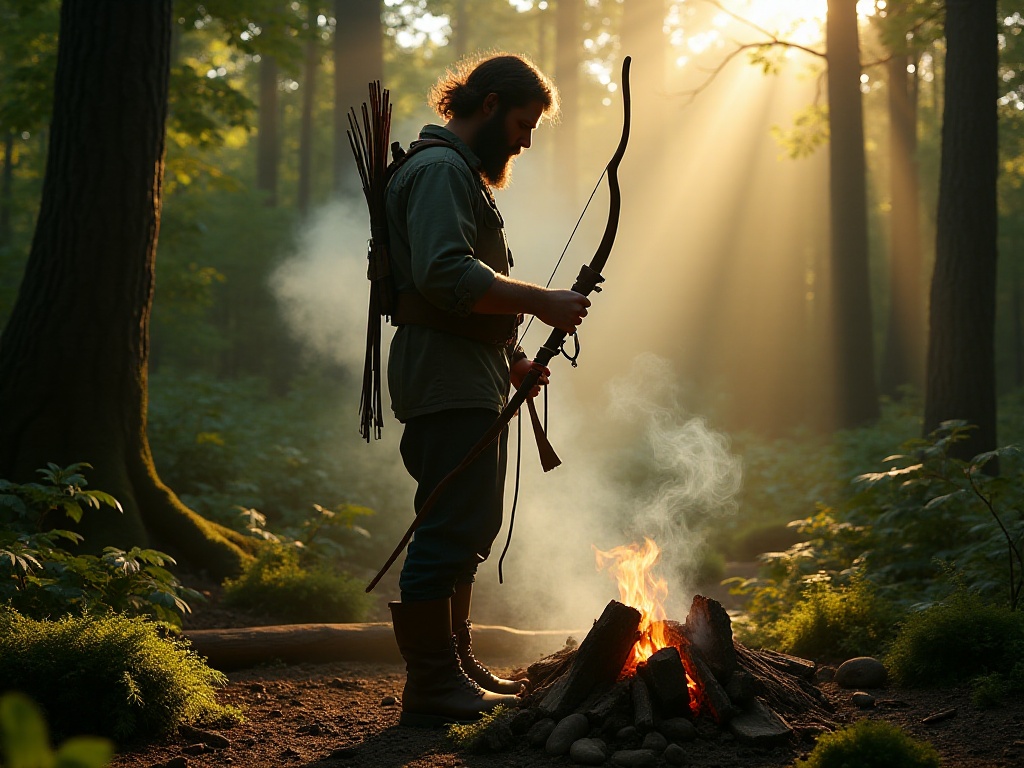
Finding Water Sources
Water source issues are truly one of the most crucial aspects of wilderness survival. We all know humans can survive three weeks without food, but only three days without water. So skills in finding and purifying water sources are particularly important.
When searching for water sources, remember the principle "no water at heights, must be water at low points." Last summer, when I got lost in the mountains, I found a mountain stream using this principle. Besides this, observing signs of animal activity can also help find water sources. For instance, areas with frequent bird activity often have water sources nearby.
But finding water sources is just the first step; ensuring water safety is key. I now use a three-stage filtration system: first using cloth to filter large particles, then using a portable filter, and finally disinfecting with purification tablets. Only water treated this way is safe to drink.
Sometimes when surface water sources can't be found, we can collect dew or rainwater. I collect dew with a waterproof tarp at night, yielding some clean drinking water by morning. During rain, waterproof tarps can also be used to collect rainwater.
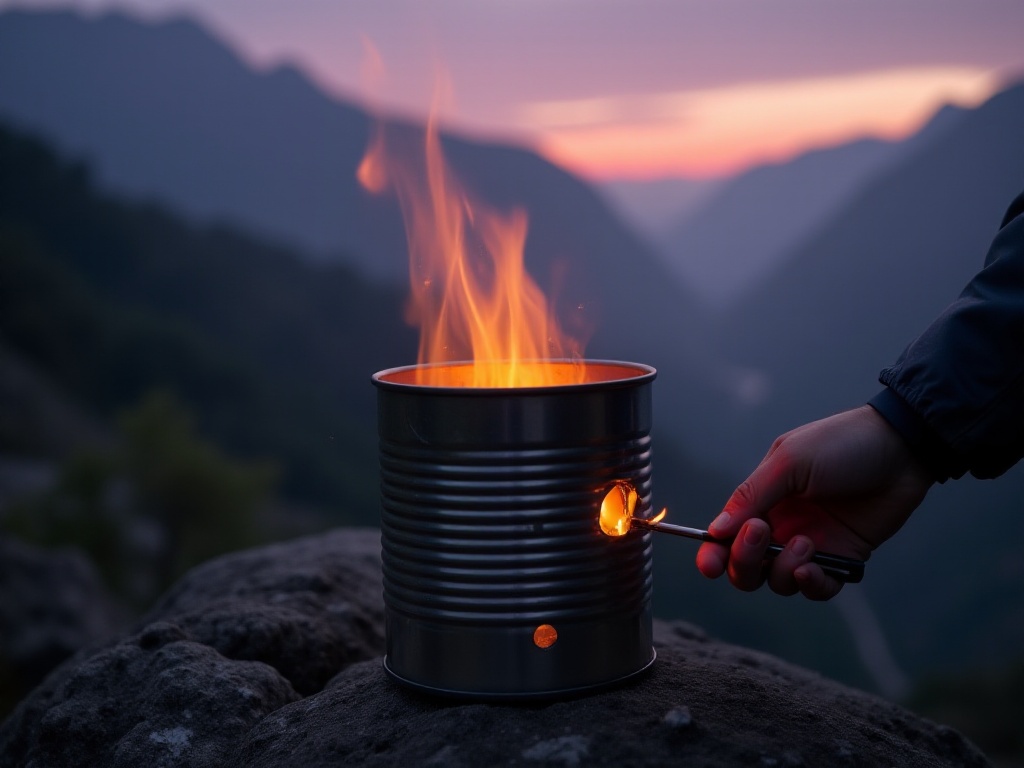
Fire Starting Methods
Honestly, I've always found fire starting to be one of the most interesting wilderness skills. Starting a fire without a lighter sounds difficult, but it's actually not complicated once you grasp the basic principles.
I most commonly use the char cloth + fire steel combination, which has a success rate above 95%. When using it, first loosen the char cloth, then strike sparks onto it with the fire steel. Once the char cloth ignites, quickly transfer it to pre-prepared tinder.
Speaking of tinder, dry grass, tree bark, and small twigs are all good choices. I particularly like birch bark because it contains flammable oils and is easy to light even in damp weather. Remember to prepare firewood of different sizes in advance, gradually adding larger pieces starting from the initial flame.
The shoelace fire method is also a cool technique. Tying a shoelace to a bow-shaped branch creates a simple bow drill fire-starting device. Although this method requires some strength and skill, it's a good option when no other tools are available.
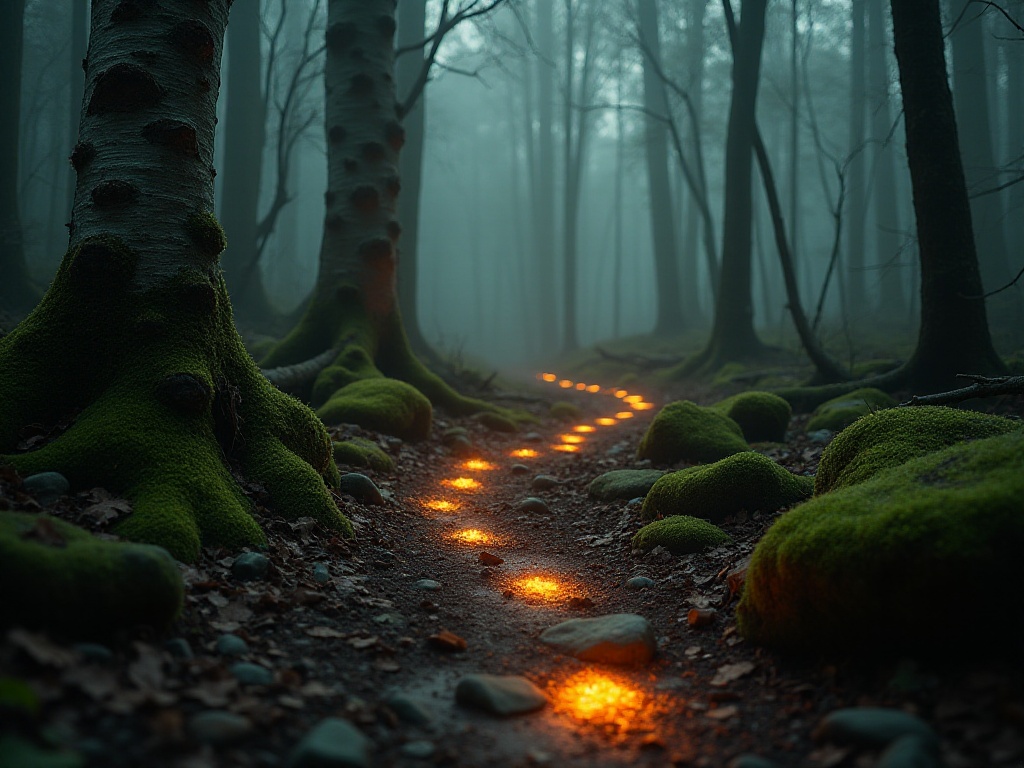
Mental Adjustment
Staying calm in wilderness emergencies is truly more important than anything else. Statistics show that 90% of wilderness accidents are related to panic-induced wrong decisions. I now particularly like using the "4-7-8" breathing method to adjust my mindset: inhale for 4 seconds, hold for 7 seconds, exhale for 8 seconds.
I remember once when I got lost in the mountains, my first reaction was panic. But after using this breathing method, my heartbeat gradually steadied, and my mind became much clearer. Finally, I calmly analyzed the surrounding environment and found the right direction.
Maintaining a positive and optimistic attitude is also important. I often tell myself: as long as I stay calm, there's always a solution. This mindset has helped me in many critical moments.
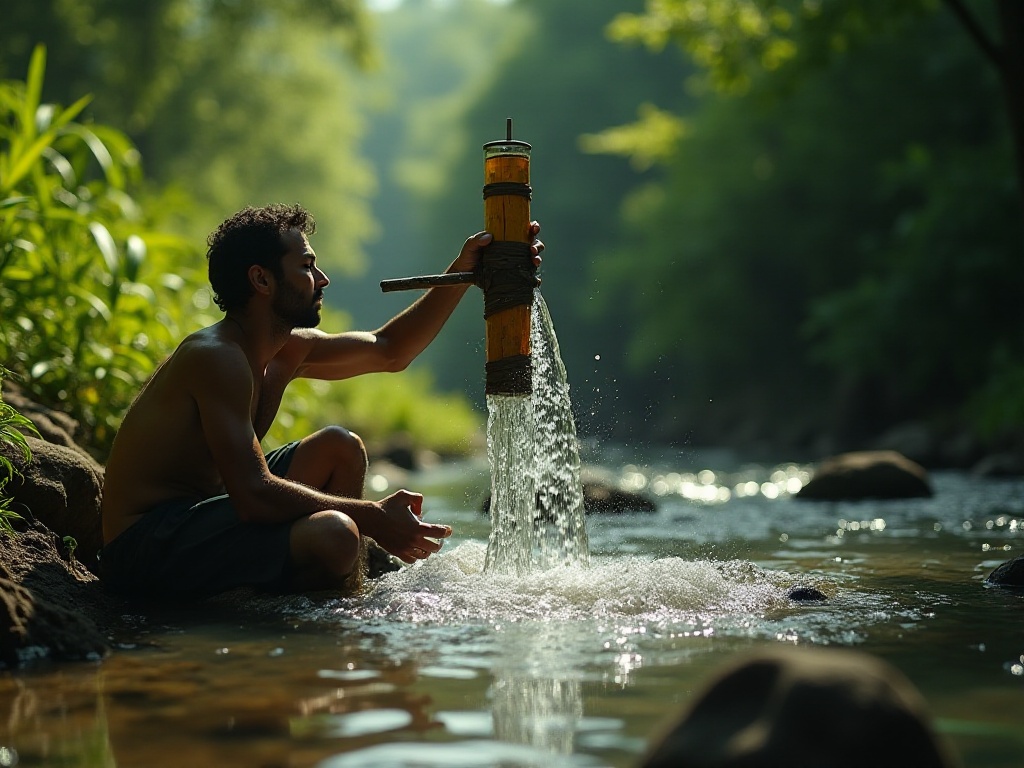
Survival Strategies
The S.T.O.P. principle is my guideline when encountering emergencies in the wild:
Stop: Don't act blindly, first stop to assess the situation. Think: Calmly consider the current situation and possible solutions. Observe: Carefully observe the surrounding environment, look for useful resources. Plan: Develop a feasible action plan.
This principle has helped countless people in distress globally. Statistics show that those who follow this principle have a 60% higher rescue rate than those who act blindly. I write this principle on the first page of my notebook before each trip, just in case.
Besides the S.T.O.P. principle, I've summarized some other important survival strategies:
Conserve Energy: Don't waste unnecessary physical effort. When uncertain of direction, staying put and waiting for rescue is often the wisest choice.
Mark Paths: Leave clear markers when moving. I arrange branches into arrows or tie ribbons on trees (remembering to remove them later).
Use Natural Guides: The sun, stars, and plant growth directions can all help determine direction. I can now use the North Star and moss growth direction to determine general direction.
Maintain Signals: When possible, try to send distress signals. I collect materials that can produce thick smoke for emergencies.
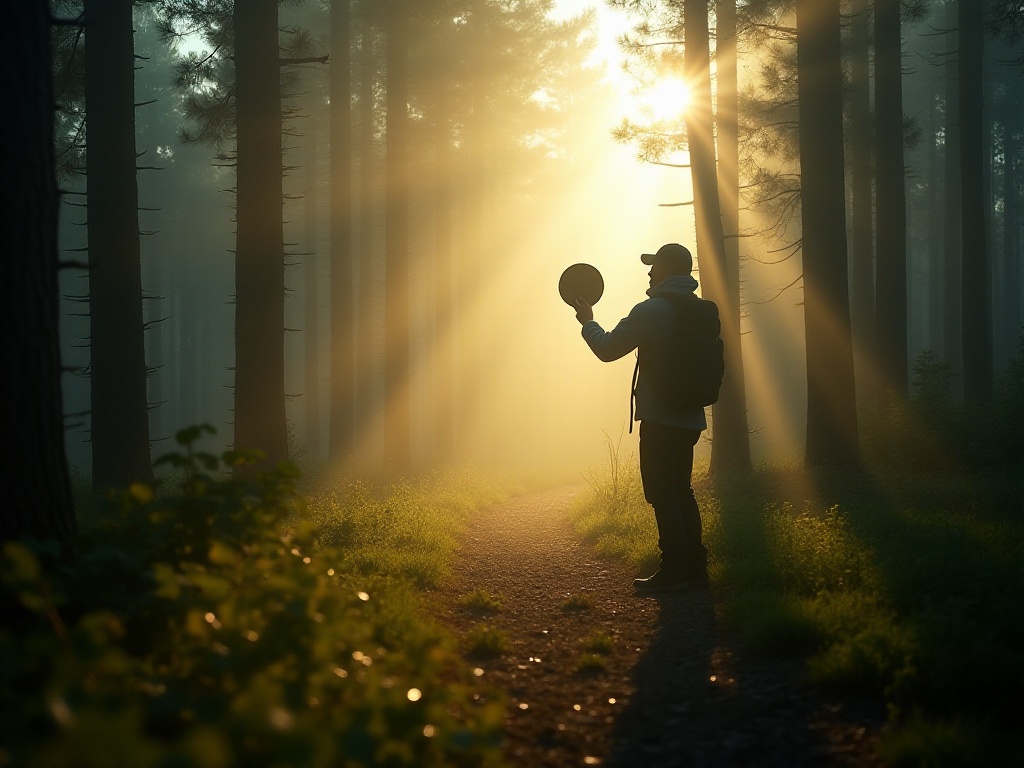
Experience Summary
Through years of wilderness experience, I've truly realized: wilderness survival isn't about becoming an expert like Bear Grylls, but about learning how to safely enjoy nature. Each wilderness activity is a learning opportunity, each experience brings new understanding of nature.
Remember, the best survival skill is avoiding survival situations. This means making thorough preparations, having a clear understanding of your abilities, and staying vigilant at all times. I now make detailed plans before each trip to minimize risks as much as possible.
Learning wilderness survival skills is a gradual process. Start with basic equipment use, slowly accumulate experience, and gradually improve skill levels. I suggest starting with simple day hikes, then trying overnight camping after mastering basic skills, and finally considering more challenging activities.
Finally, I want to say that wilderness survival isn't just a skill, but a life attitude. It teaches us how to adapt to environments, solve problems, and live harmoniously with nature. Each venture into nature is an unforgettable adventure that brings new insights and gains.




